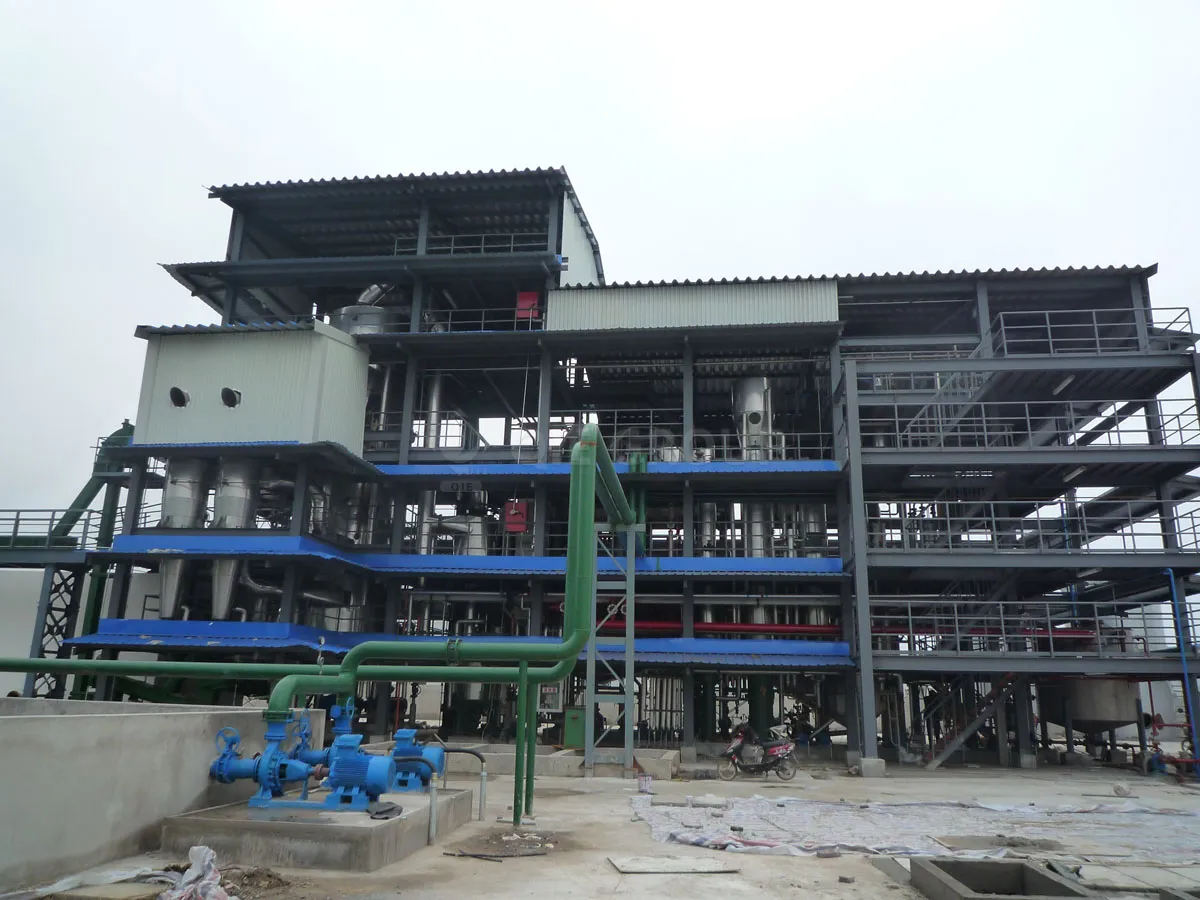
1. Metering cleaning system
The purpose of metering is to control the output of the workshop. Cleaning is very important for the pretreatment process. Slightly larger materials may enter the equipment and cause material bridging, which will shorten the service life and reduce the design efficiency. More importantly, the blockage of oil sunflower dust and other impurities will greatly increase the risk of fire.

2. Sheller separation system
The seeds are evenly spread over the entire width of the toothed roller by the toothed roller. The upper and lower pairs of toothed rollers rotate at different speeds and the gap can be adjusted to break the sunflower into suitable particles and separate the shell from the kernel.

3. Shell and kernel separation
The flat rotary screen uses a specific reciprocating rotary motion mode and a low-inclined screen surface to allow materials to pass through the screen quickly, achieving high screening efficiency and high output.
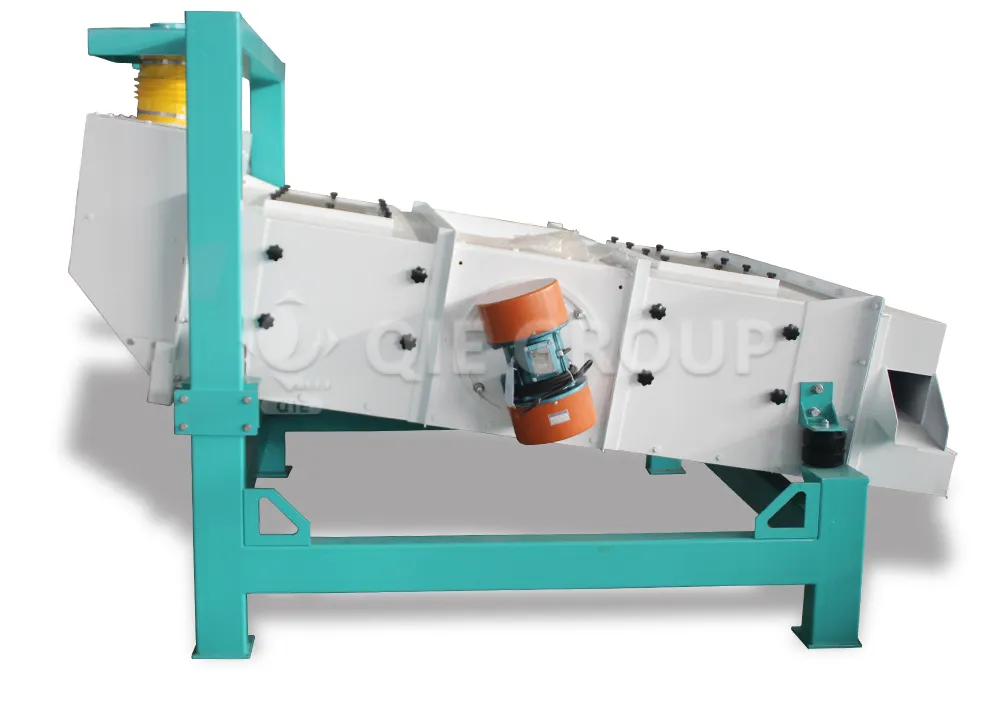
4. Flat rotary screen
In order to reduce the residual kernels in the shell, the sucked sunflower seed shells are subjected to secondary processing and screening
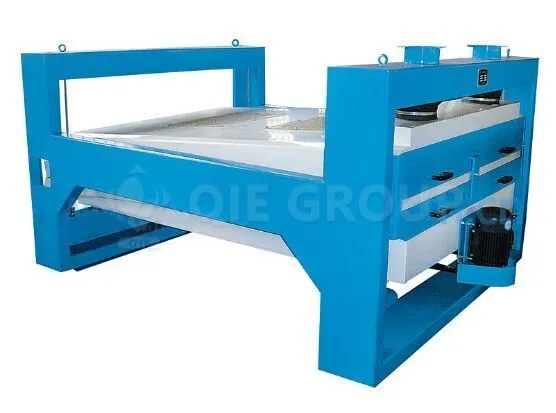
5. Flaking
The sunflower kernels are rolled using a double-roll hydraulic embryo rolling machine. The upper feed box has high and low material level detection and alarm, and is linked to the embryo pressing machine for control. The feed rollers are variable-frequency and adjustable in speed to ensure uniform feeding. The entire roller is covered with oil to press the sunflower kernels into thin slices with a thickness of about 0.45-0.55 mm.
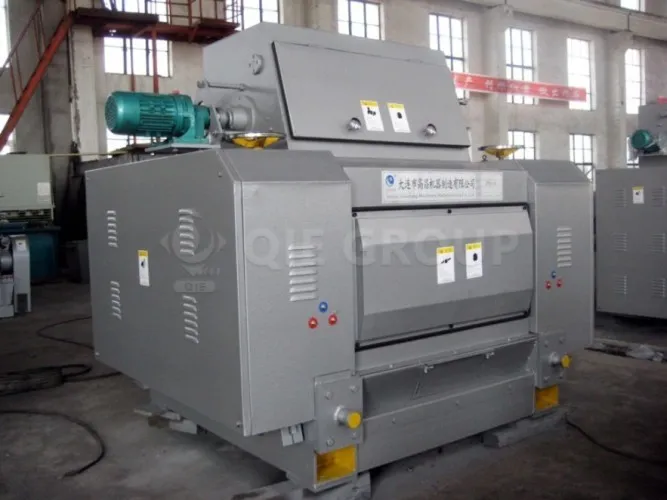
6. Steaming and Stir-frying
The main function of steaming and frying is to: on the basis of the partial destruction of cell tissue by rolling, the oil embryo cells are ruptured by swelling and heating, thereby further destroying the cell tissue of the oilseed; the protein in the oilseed is fully condensed and denatured, and the colloid is destroyed, so that the highly dispersed fine oil can be released from the continuous colloid phase and aggregated into a larger oil.
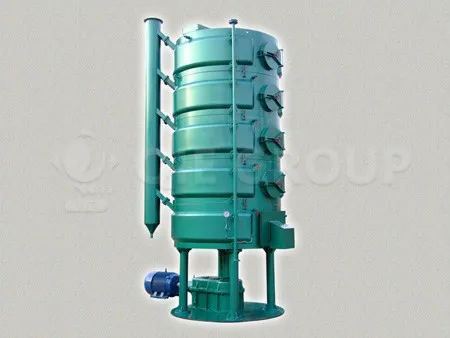
7. oil pressing
The oil is pressed by a low-temperature screw press specially developed for research and development. The feed adopts a horizontal feeding auger, variable frequency speed regulation, stable supply of oil, and then forced into the oil press by a vertical auger.
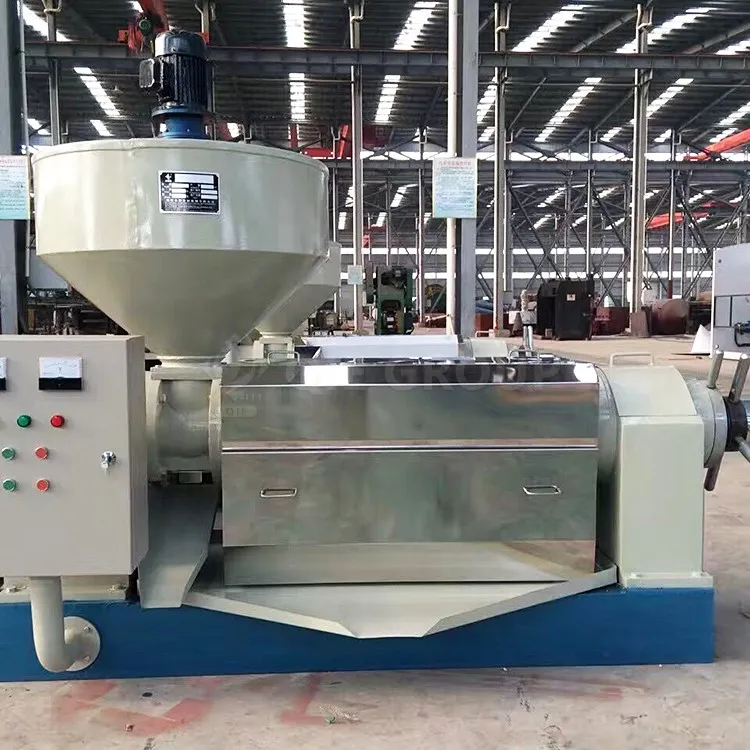
8. Oil residue filtration
The crude oil from the oil press passes through the crude oil/oil residue separation scraper, oil clarifier, and then is pumped into the vertical leaf filter by the oil pump.
Leaching space process
The leaching workshop is a process of extracting (leaching, separating, and concentrating) soybean puffed material or pressed cake through solvent countercurrent circulation to obtain crude oil. The leaching section production includes leaching process, wet meal desolventizing, drying, cooling process, mixed oil evaporation, separation, concentration process, solvent condensation cycle, tail gas paraffin absorption and water absorption process, etc.
